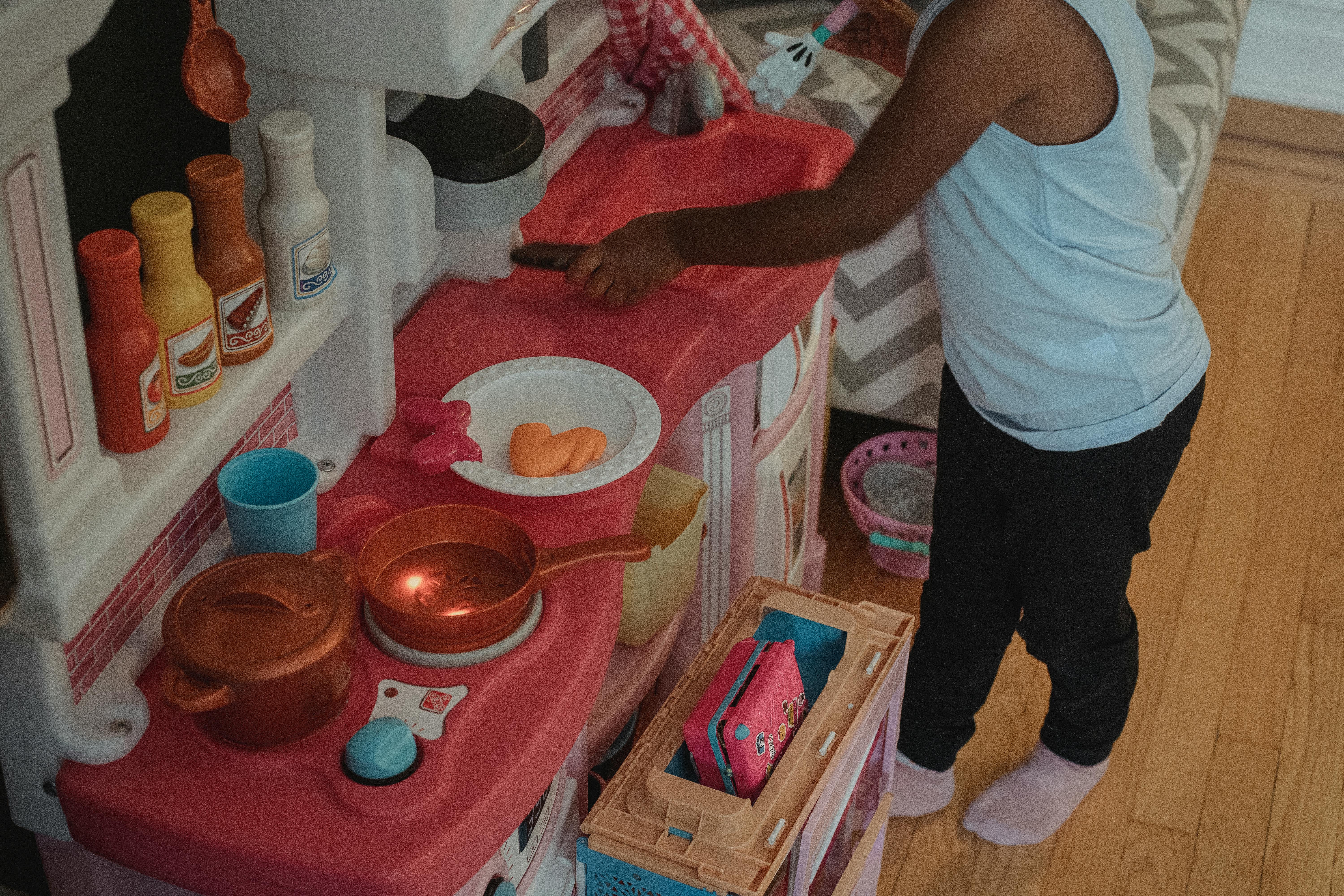What is a pop-up drain system for your sink or basin and how is it different from other systems?
In plumbing, the term ‘waste’ refers to the tube that is attached to the base of a sink, basin, or sanitary device (such as a toilet or bidet). This tube is made of metal and allows wastewater to pass through it, through a siphon, and then into a drain, while also acting as a barrier to potential clogs.
The top of the drain is called the shoulder or flange and this is the metal part you see on the drain, the finish of the flange will usually match the finish of your sink faucets.
Drains are manufactured in standard sizes to fit any sink drain hole and are usually supplied with a specific type of stopper, stopper or grate. Bathroom sinks typically have a 1.25″ (32mm) drain diameter, while bathtubs, showers, and kitchen sinks typically have a 1.5″ (40mm) diameter.
There are a number of different types of waste available for sinks and basins, the pop up drain being just one type.
emerging waste
A pop-up drain, or pop-up assembly, refers to the type of pipe fitting that joins a sink, lavatory, or bidet to a waste pipe in the drain. They incorporate a stopper or stopper that is operated with a control. You may also find pop-up debris in other sanitary fixtures.
The pop-up drain control is usually a lever you pull or a knob you turn. It is often behind or on top of the faucet fixture, or may be attached to the overflow that is usually under the faucet in the sink. To operate the pop-up stop, the lever is pulled up to close the plug and pushed down to open, or the knob is turned one way to open and the other to close.
Other waste systems
Plug and chain wastes are a traditional style of wastes with a plug attached to a chain that can be used to block the plug hole.
Clicker waste has a plug that is activated by pushing it. You press once to close it and press again to open it, so it doesn’t have a separate control like the popup drain. This waste may also be referred to as push button waste, click-clack waste, or spring-loaded plug.
Hinged cover drains are a simple design with a disc-shaped plug that can be turned to open or close the plug hole.
Captive waste has a plug that sits on a bar and stays in the drain. Pull up to open or push down to close. This type of waste is quite common in public restrooms since the stopper cannot be removed.
Basket strainer debris is common in kitchen sinks as it has a strainer that will prevent food and other debris from blocking the sink drain by collecting it before it can pass through the debris. The basket stop on this bin can be operated similar to the pop-up bin, with a knob to raise and lower it, or it can simply be pulled in and out.
Grated debris is common in showers or sinks where residual water must continually flow, as this debris does not fit into a stopper or stopper.
Slotted waste or non-slotted waste?
Most scraps will be available in both a slotted and non-slotted format. The type of waste you need will depend on whether the sink has a built-in overflow or not. A sink overflow helps with drainage by allowing air into the drain when the sink is full. A sink without an overflow will act like a vacuum when full and drain more slowly, so if you have a built-in overflow, it’s a good idea to make sure it works properly. Most sinks will have a built-in overflow; these will require slotted waste. This is so that when the water passes through the overflow it can flow through the holes to the drain. It is important to make sure that the slots in the drain line up with the overflow so that the water can run off efficiently. Non-slotted drains have no holes and should only be installed in systems without an overflow.
